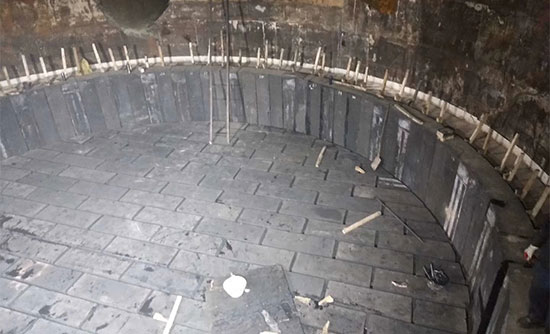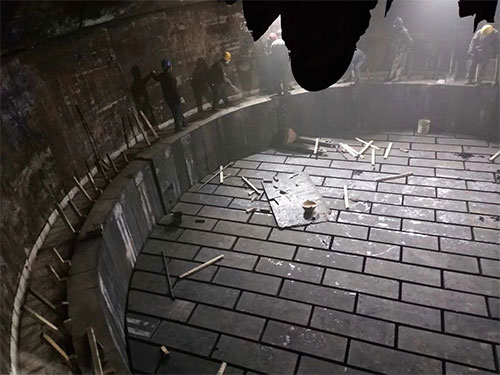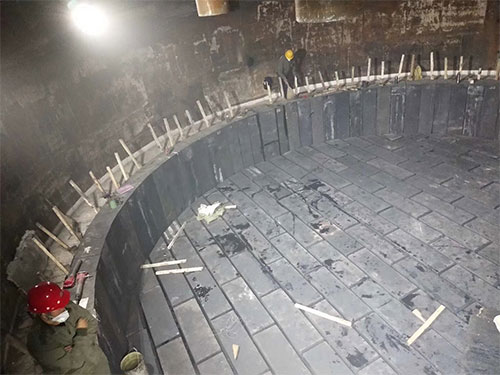Ferroalloy electric furnace
Ferroalloys are composed of one or two or more metals or non-metallic elements and iron. They are one of the essential raw materials for the steel industry and the mechanical casting industry.
Use of refractory materials:
(1) Carbonaceous lining. Electric furnaces such as metal silicon and ferrosilicon, high carbon ferromanganese, manganese silicate silicon alloy, silicon chrome alloy, and silicon calcium alloy are lining carbonaceous furnaces. The part of the furnace directly in contact with the molten iron is made of carbon brick or knotted charcoal paste, and the exterior is made of high alumina brick or clay brick.
(2) Magnesia lining. Most of the refining furnaces are made of magnesium furnace lining.
(3) High aluminum furnace lining. Use a high alumina brick or high aluminum knotted lining.
Ferroalloy production also uses a large number of unshaped refractory materials, such as magnesium ramming materials, high-aluminum castables, cold slag carbon paste and the like. These materials are used to knot or repair areas that are easily damaged, such as furnace linings, furnace covers, and tapholes.
The electric furnace lining for smelting copper-nickel concentrate is generally made of magnesia refractory material below the slag line (including the reverse arch of the furnace body), and clay refractory material is used above the top slag line.
The top of the furnace is usually made of high alumina bricks or clay bricks. When a large hole is left in the top of the furnace, the surrounding area is cast into a whole by using a refractory castable.
The inner lining of the electric furnace for treating lead and zinc concentrates, the molten pool portion is generally constructed of large carbon bricks. Above the slag line, the outer wall and the roof are made of clay refractory.



 +86-371-64599000
+86-371-64599000 +86-371-64599000
+86-371-64599000 sale@literefractory.com
sale@literefractory.com